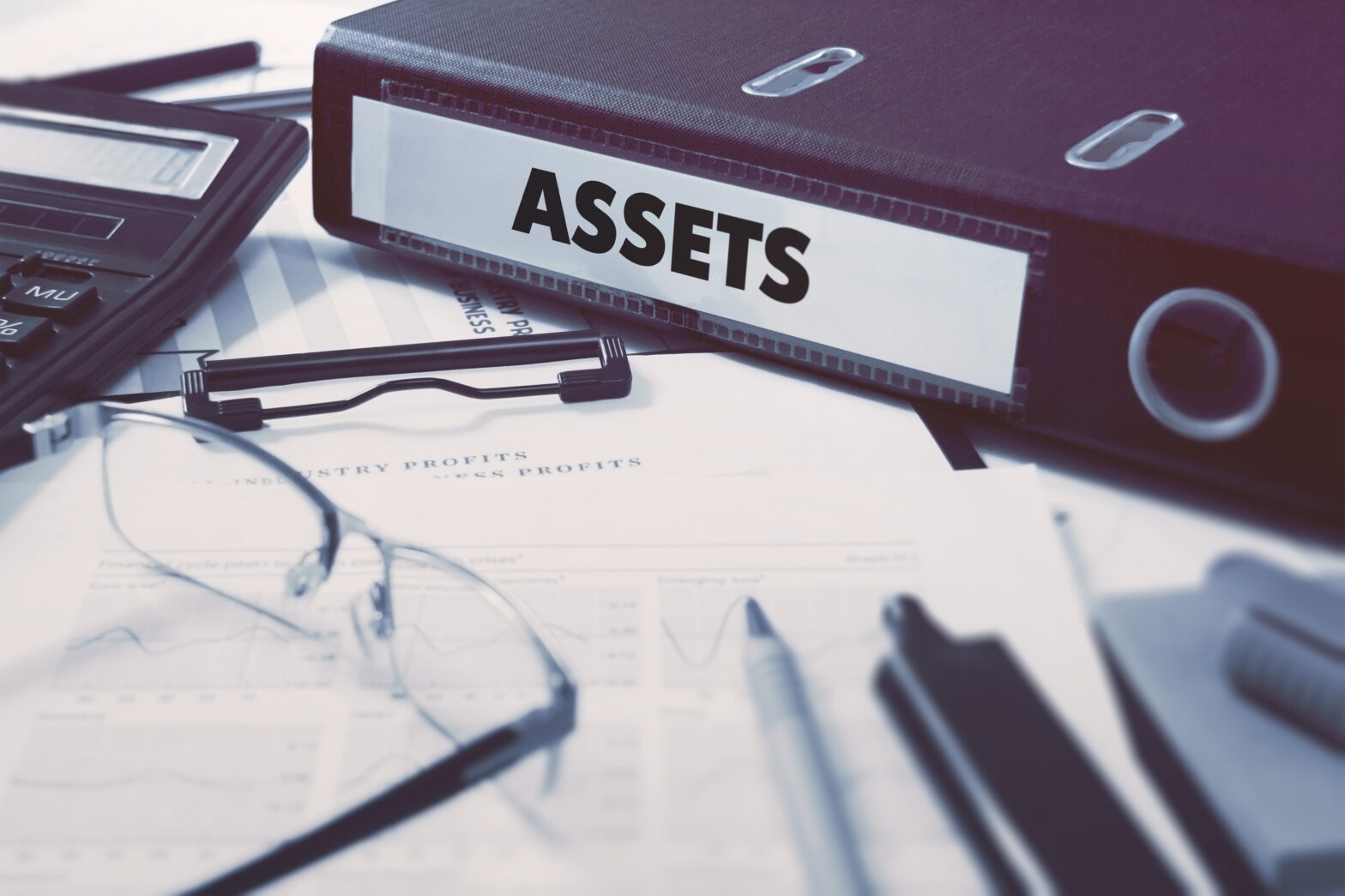If you’re starting your own business, you may well have heard about capital, or ‘fixed’ assets. But what exactly are these and how do they affect your business?
What exactly are capital assets?
Capital assets tend to be any pieces of equipment you use in your business that will be useful for more than about a year. If you’re a freelance web designer, that’d be your computer, desk and chair. If you’re a dressmaker, it’d be your sewing machine.
They’re called ‘capital assets’ because, when you spend money on them, HMRC calls this ‘capital expenditure’, which is distinct from the day-to-day running costs of your business, which are called ‘revenue expenditure’.
Why do I have to separate these out?
They’re treated differently from day-to-day running costs, both for tax purposes and in your accounts but more about that in a moment.
Is there a lower cost limit for when an item becomes a capital asset?
HMRC hasn’t set one, but if you have an accountant, (s)he might have a set limit.
However, usually it’ll depend on the size of your business. For example, a £25 phone would probably be classed as a day-to-day running cost. A £250 phone system would be a capital item for a small business, but probably a day-to-day running cost for a larger organisation.
>See more on business accounts
How are capital assets treated in my accounts?
Because the asset’s going to be useful to your business long term, it goes on to your business’s balance sheet. But every year, the business will use some of the asset’s value up, and if you try and sell the used asset, you won’t get as much for it as you paid for it when it was new.
To allow for the using up of the asset’s value, a bit of it has to be deducted from your business’s profit each year. This is called ‘depreciation’ and it can be worked out either as a percentage of the total cost of the asset, or as a percentage of the value of the asset at the start of the year.
That’s accounts, what about tax?
HMRC says that depreciation isn’t an allowable expense for tax, so you have to add it back when you’re working out the profit that your business will pay tax on.
However, that doesn’t mean you don’t get any tax relief on them; you do, but it’s handled differently. HMRC calls it ‘capital allowances’ – a tax allowance for your capital expenditure.
What are capital allowances, and how do I claim them?
Let’s start by looking at new assets your business buys.
Currently the Annual Investment Allowance limit is £1 million between 1st January 2019 and 31st December 2020 (at which point the current plan is for it to drop back to £200,000).
This means your business can spend up to £1 million a year on most new assets, and deduct the cost of the assets from its profit before working out tax on the profit.
However, there are some assets that HMRC says you can’t claim AIA on, which include:
- Cars
- Assets your business buys in the last accounting period before it stops trading.
- Assets you’ve introduced into the business from another business; for example, if you traded as a sole trader and bought a computer through your sole trade, then incorporated your business as a limited company and transferred the computer into the company, you couldn’t claim AIA on the computer at the point it transfers to the company, because you’d have already claimed capital allowances on the computer when you bought it for your sole trade
- Personal assets you’ve introduced into the business, such as an office chair you already owned when you started your business
- Assets that are given to your business. As you paid nothing for them, you can’t claim the allowance!
Are there any other allowances available for new assets?
Yes. Certain assets attract a 100 per cent first-year allowance (which means you can deduct the full cost of the asset from your business’s profit before working out its tax due), no matter how much they’ve cost.
Assets that qualify for this are mainly those that help the environment, such as energy-saving equipment.
What about assets I already owned, do I get any relief on those?
Yes you can! Before the AIA was introduced, assets would be divided up into ‘pools’ and then, on the balance of each pool, a Writing Down Allowance (WDA) would be given.
That’s currently set at 18 per cent (2019/20 level).
So if you have old assets in a pool brought forward, and the pool at the start of your accounting year came to £2,000, then the amount you could take off your business’s profits as WDA on those assets would be £360.
HMRC gives additional advice about capital allowances for companies and other businesses.
Remember, however, that capital allowances are a very complex area; so unless your business has only one or two assets, you’d be well advised to talk to your accountant, or ask him/her to work them out for you!





